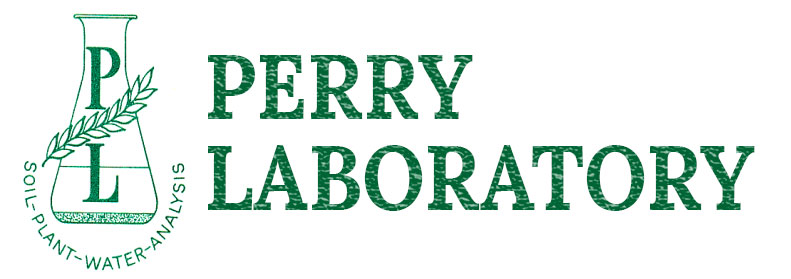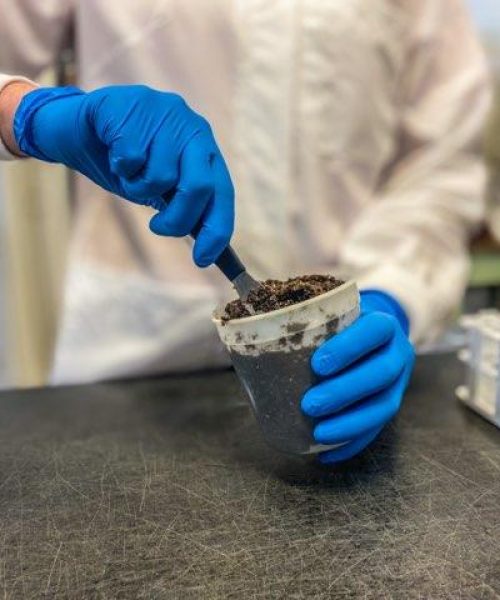A. Texture is the measure of the relative proportions of soil particle sizes, which are divided into three categories; sand, silt and clay. The ideal garden soil is a loam, which contains nearly equal amounts of sand, silt, and clay particles. Both sandy and fine textured clay soils have advantages and drawbacks and require different management practices. Clay soils, also called heavy or fine-textured soils, are more susceptible to compaction and require higher levels of amendments, yet have a higher capacity to retain both water and nutrients. Sandy soils hold less water and fewer nutrients and are more susceptible to leaching, yet are not as prone to compaction and water-logging. Be careful not to over fertilize on sandy soils especially if you live near a creek or drainage course.
You cannot realistically change your soil’s texture. The volume of sand needed to change a clay soil to a loam would be prohibitive and likely turn your soil into adobe brick during the summer. The addition of large amounts of organic matter will improve heavier soils rather than the addition or sand to change the soil’s texture. Sandy soils like those in Ben Lomond, Scotts Valley and some coastal areas may benefit from the addition of loam soil to small garden beds but would probably benefit more from the addition of organic matter especially considering the poor composition and quality of locally available “top soil”.
Texture is commonly confused with structure. Structure refers to the way that soil particles are grouped or aggregated together to create a system of large and small pores that allow the passage of air and water. A soil with good structure will maintain its shape when dry and crumble easily when moistened and handled. Structure can be improved by adding organic matter such as aged manure, compost, nitrified sawdust, rice hulls, peat moss, green manures, or straw. Organic amendments that have a high carbon to nitrogen ratio such as brown and dry materials like straw and sawdust will provide a greater benefit once they have decomposed. The addition of a nitrogen source such as ammonium sulfate at the rate of 2.5 lbs per cubic yard will speed up the decomposition of organic matter to a point where your plants can utilize it. Fresh manures should also have a chance to decompose in the soil before planting. Good structure can be maintained by avoiding compaction when the soil is wet. Soils that contain high levels of sodium (sodic soils) often are characterized by poor structure which leads to poor drainage characteristics and can be remedied by the addition of gypsum (calcium sulfate). Although sodic soils are unlikely to be found in our area because of the high rainfall, sodium can build up in soils when irrigated with water that is high in sodium.
Soil development is influenced by parent material, climate, vegetation, aspect (southern vs. northern exposure), topography, and time. Due to variable topography with our mountains, foothill, river beds, ancient sand dunes, soils can vary considerably within a region or even a neighborhood.
The USDA’s Soil Survey catalogs and describes the local soils and their uses and limitations. To view the Santa Cruz County Soil Survey online go to The Natural Resources Conservation Service.

